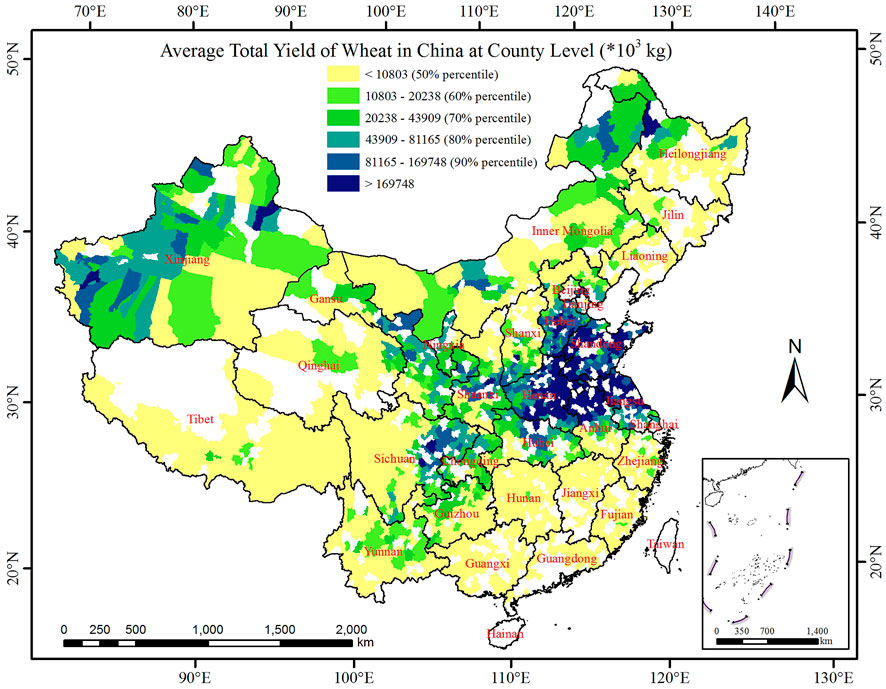Novo Nordisk’s semaglutide product to lose patent protection in China next year, according to L.E.K. Consulting
Competition in the mainland Chinese market for
diabetes
and weight loss
drugs
is set to intensify as more than 60 late-stage drug candidates are undergoing clinical trials, according to a recent report.
Up to 20 biosimilar or generic copies will vie for market share and add pricing pressure after Denmark-based Novo Nordisk’s semaglutide product loses patent protection in China next year, according to Boston-based global consultancy L.E.K. Consulting. Novo Nordisk’s patent will expire in 2031 in Japan and Europe and 2032 in the US, according to its latest annual report.
“The landscape in China is expected to become even more competitive than in developed markets, where the GLP-1 category is primarily dominated by leading multinational pharmaceutical companies,” said Helen Chen, L.E.K.’s global healthcare and life sciences co-head, in a report on May 15.
Do you have questions about the biggest topics and trends from around the world? Get the answers with
SCMP Knowledge
, our new platform of curated content with explainers, FAQs, analyses and infographics brought to you by our award-winning team.
GLP-1 drugs mimic natural hormones, which signal the pancreas to release more insulin when blood-sugar levels are high, and also support weight loss by slowing digestion and reducing appetite.
Driven by sales growth of semaglutide, Novo Nordisk became the 10th largest drug company in the world in terms of revenue. London-based consultancy Evaluate said the firm’s revenue rose 25 per cent to US$42.1 billion last year.
Ozempic, a semaglutide formulated for diabetes, was approved in China in 2021. Wegovy, a treatment for weight loss,
was approved last year
.
Ozempic was the second best selling drug in the world last year, generating US$17.5 billion in revenue, after Merck’s blockbuster cancer drug Keytruda, Evaluate said.
“This growth trend is only just beginning as we enter a new era in metabolic disease management,” said Paul Verdin, Evaluate’s head of consulting and analytics, in an April report. “The companies marketing these game-changing products are set to dominate the rankings for years to come.”
In February, 60 to 70 drug candidates were in late-stage, meaning phase two or later, clinical trials in China. Some had the potential to directly compete with semaglutide and US-based Eli Lilly’s tirzepatide, which dominate the global market, L.E.K. said.
Among these candidates, around half were targeting the weight loss market, while eight were being developed as oral alternatives to injections. And around 20 aimed to mimic the actions of two or three hormones to achieve better clinical outcomes than single-medication treatments like semaglutide, L.E.K. added.
A potential rival that is undergoing clinical trials is mazdutide, whose development and marketing rights in China were licensed to Jiangsu province-based Innovent Biologics by Eli Lilly. It mirrors the effects of both a gut hormone and glucagon, which is produced by the pancreas.
Others include Jiangsu Hengrui Pharmaceuticals’ oral GLP-1 drug candidate; Hong Kong-based United Laboratories International’s treatment that targets two gut hormones and one pancreas hormone; and Hangzhou-based Ascletis Pharma’s GLP-1 obesity drug.
In October, Eli Lilly rolled out a 1.5 billion yuan (US$208 million) plan to expand a factory in Suzhou to meet rising demand for diabetes and obesity drugs in China and Europe.
“China – home to the largest diabetic and overweight populations – has become a critical battleground for both global pharmaceutical giants and local players,” L.E.K. said.
US-based Viatris, which led a group of generic drug makers that settled a patent dispute with Novo Nordisk on semaglutide last year, could launch a generic version of the drug around 2030, US brokerage Stifel said in a report in January.
Mainland China is the second largest drug market in the world and last year had 148 million adults with diabetes, more than any other nation, according to the International Diabetes Federation. Around half of these people were undiagnosed and the number of diabetics was projected to rise to 168 million by 2050.
According to a paper published in The Lancet, a medical journal, around 402 million people on the mainland over 25 years old were estimated in 2021 to be overweight or obese with a body mass index of 25 per cent or higher, accounting for 38 per cent of the population. That figure was up from 15.8 per cent in 1990 and it was expected to surge to 61 per cent by 2050.
The GLP-1 drug market in China was projected to triple in sales to US$4.7 billion by 2030 from US$1.43 billion last year, according to San Francisco-based Grand View Research.
More Articles from SCMP
‘Not mere pawns’ in big power rivalry: Asean asserts agency at Shangri-La Dialogue
Japan men seek eternal youth with strict daily routines, one looks younger than decade ago
Books about June 4 Tiananmen Square crackdown grow scarce in Hong Kong
Style Edit: The new Santos de Cartier Petit Modèle reanimates in mini form an iconic 1904 design that was the precursor of the modern wristwatch – one designed for early aviators
This article originally appeared on the South China Morning Post (www.scmp.com), the leading news media reporting on China and Asia.
Copyright (c) 2025. South China Morning Post Publishers Ltd. All rights reserved.







